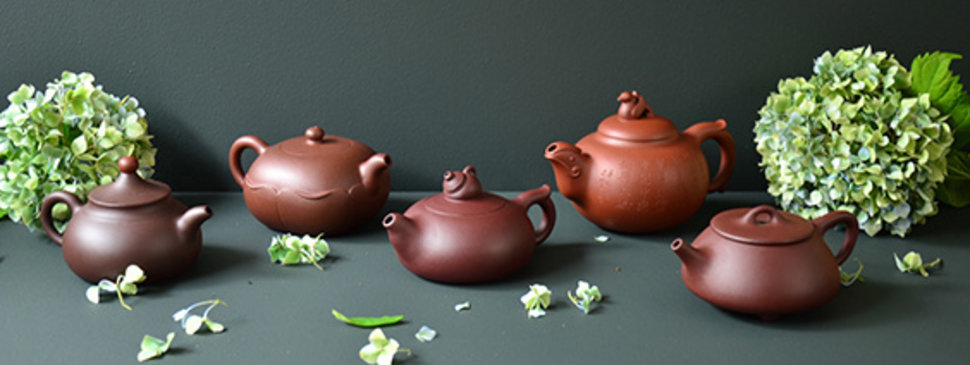Login
Log in if you have an account
Please note: If your account was stored on our previous platform, you will need to re-register. We apologize for the inconvenience.
Dont have an account? Register
Start with the Right Teapot
29 Dec 2018

MATERIAL COMPOSITION
GLAZED CERAMIC
- Does not add, take away, or adjust the flavors of the tea.
- Has a high retention for the water temperature. This means the hot water put in the glazed ceramic vessel will not lose its heat very fast.
- Ideal for most teas and herbal teas. The most neutral material of the three.
UNGLAZED CERAMIC OR STONEWARE
- Yixing ware is a typical example.
- Water temperature retention is similar to glazed wares
- This material is porous. These porous wares will season with usage. This means the tea flavor will be significantly altered depending on how seasoned or unseasoned the vessel is.
- Ideal for oolong, red/black, and Pu-erh teas.
GLASS
- Allows for easy viewing of tea leaf extraction.
- Glass has the least water temperature retention abilities. Hot water cools down fastest in glass (versus the other two materials).
- Ideal for white, green, and herbal teas.
VESSEL FORM
FUNCTION
- How does the teapot pour? When purchasing, always ask to “pour test”. The stream of a good Yixing teapot should create a smooth stream for >5 inches. A “great” Yixing teapot pour is >7 inches. For other teapots, it is simply a matter of comfortability.
- Is the body shape conducive to the type of tea you drink? Big, wide belly pots are great multipurpose pots, while smaller, unique shaped pots tend to be specific to certain leaf shapes. For example, flatter teapots tend to work better with small buds or long-twisted leaves, and taller teapots are ideal for ball-shaped, rolled teas.
AESTHETIC
- How does your teapot visually affect the rest of your tea space? Remember, in most situations, the teapot is central to the tea experience, therefore aesthetic is crucial for creating the desired experience.
Be the first to comment...



